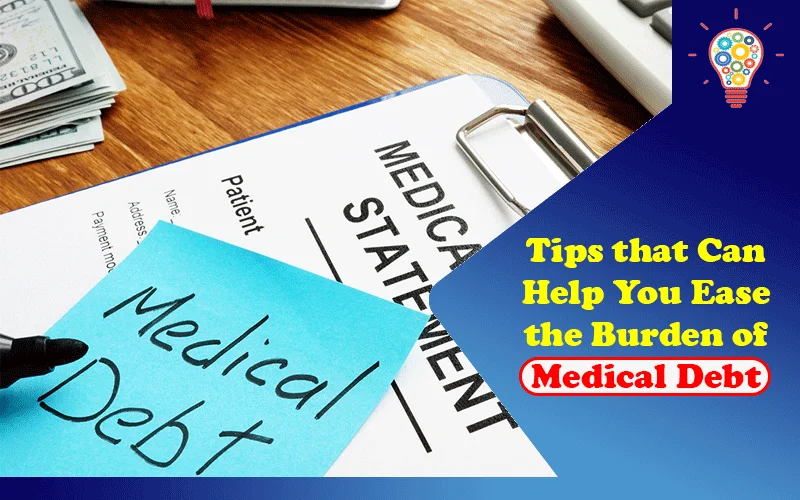Medical debt is a burden that none ask for, but all seem to encounter at some point in their lives. That debt could be small, like copays and lab test fees, or it could add up to several hundred thousand dollars. According to a study published in the Journal of General Internal Medicine in 2019, about 137 million Americans are struggling with managing medical debt.
As human beings, it’s inevitable that we’ll have medical issues at some point. It’s the last thing we want to deal with when we’re trying to manage mortgage payments, make monthly auto loan payments, and pay off debt from high-interest credit cards. Unfortunately, we usually have no choice in the matter.
Easing the burden of medical debt can be accomplished by a combination of careful planning ahead of time and prioritizing financial obligations while you’re going through it. Obviously, if you haven’t planned, this will be more difficult, but not impossible. These three simple tips will help you ease the burden.
Table of Contents
Tip #1: Don’t use your credit cards for medical debt
Medical debt should be kept separate from credit card debt. If you pay your medical bills with a credit card, you’ll be stuck paying high interest on what you owe. Unless you have an introductory 0% interest rate on new purchases, you’ll probably want to avoid using a credit card. Even then, make sure you can pay off the full balance before that 0% APR offer expires.
Debt collectors for medical bills will try to force you to pay “right now” and suggest that you use your credit card to avoid further collection action. You’re better off going deeper into the collection process. At some point, either the medical institution you owe money to or the debt collector will be willing to negotiate.
Tip #2: Ask to pay the Medicare or Medicaid price
The original bill that you get from a medical service provider is usually marked up to what is known as the “chargemaster” rate. This rate could be as much as four times what the actual bill should be. Hospitals do this to offset their projected costs for collecting unpaid medical bills. That should tell you how big this problem is.
If you’re struggling with paying your hospital bills, contact the billing department and ask what they charge Medicare or Medicaid patients for the same service. Once you have their number, offer to pay that amount. Most hospitals will at least negotiate for a lower rate if you do that. Some money is better than none to them.
Tip #3: Prioritize living expenses before medical debt
Paying off your medical debt early, only to find yourself in dire straits without a home or vehicle, is not a solid financial plan. There’s always room for negotiation on medical bills, including payment plan options and low-interest financing. Losing your home is much worse than carrying medical debt.
That’s not to say that you can’t cut down some expenses to help you get out of debt. Make your mortgage or rent payment, pay your installments on the car loan, and make sure you have food, electricity, and heat in the house. Other expenses can be cut down or eliminated based on need. Manage all this properly, then pay your medical debt.
Read Also: What to Consider When Buying Medical Supplies for Your Company
Author Bio:
Kevin is a former fintech coach and financial services professional. When not on the golf course, he can be found traveling with his wife or spending time with their eight wonderful grandchildren and two cats.

